Equipment
Club builder secrets to hitting exact specs

Building golf clubs is as much art as it is science. Physics and precise measurements dictate final specs from a fitting, but getting everything to actually fit together is what separates professional club builders from the wannabes—it’s problem-solving at the highest level.
What separates the great professional builders from the rest is their understanding of how each OEM designs and assembles clubs, and how those components relate to each other—it’s the secret sauce. Whether it be understanding how to weight specific heads, or how to properly shim or sand shafts to get everything to fit as precisely as possible, these are the top club building secrets to hitting exact specs.
Tip weights
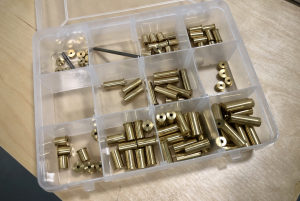
Clubhead weights are rarely ever perfect, and because of that, tip weights are needed to get them dialed in. When head weights are bang on, it’s generally because they were handpicked by a boutique component supplier. This doesn’t mean club heads are poor quality, it just shows that OEMs are doing everything they can to help golfers on both ends of the over and under length spectrum get the right clubs. By intentionally having heads be 4-5g under standard length required head weight, builders need to add less weight to get to spec, and when building overlength, it prevents clubs from becoming too heavy.
The only time you will generally find heads that are too heavy is when working with one-piece forged irons meant for the Japanese market. Since those clubs are often built under North American standard length, the club heads are heavier to help keep swing weights in line.
So, the next time you find tip weights in a set you are pulling apart, consider it a good sign that whoever built them took the time to get club head specs correct.
Shaft weights and tipping
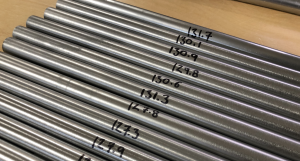
In the world of shafts, the higher-end you go the tighter the specs—you truly get what you pay for. The perfect example is True Temper Dynamic Gold Tour Issue X100 shafts. They aren’t any different than standard X100 shafts except for the fact that they go through the extensive process of being weight sorted down to .5g on either side 130 grams. This allows the shafts to play extremely close to the intended flex and allow for easier swing weights and total weight specs to be achieved.
When shafts are within manufacturer tolerance but need to be tweaked, this is where the skill and knowledge of a club builder become invaluable. A quick trim of a 1/4″ can dial in flex to fit in line with the rest of the set. The end goal of a club builder is to make every club feel like your favorite club—and sorting and tipping are a big part of that.
When using parallel shafts, club builders will first weight sort lightest to heaviest to determine the best order to install those shafts into the set—this takes more time but creates a much more balanced set at the completion of the build. Indeed, all of these steps take more time but are crucial when building clubs at the highest level.
Shims/hosel diameters
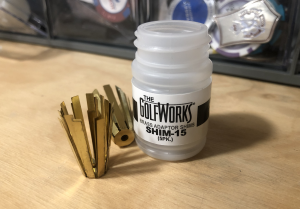
Shafts come in four distinct sizes; .335″ and .350″ for woods and .355″ (taper) and .370″ (parallel) for irons. As for club heads, it’s not quite that simple. Some companies use universal hosels to allow for both taper and parallel shafts to be used in irons and when it comes to woods there are a few OEMs that have slightly tapered hosel designed to be used in conjunction with a collared ferrule (if you don’t understand what a collared ferrule is, check out the video below).
By knowing when to use shims to get a shaft to fit into a hosel—or in the more rare case when to sand down a graphite shaft it fit into a tapered hosel —llows more shaft options to the golfer and in the end, can provide a better club option not available through a traditional channel.
Grip specs
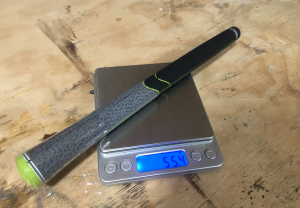
Just like shafts, grips have manufacturing tolerances for weight. Generally, it is plus/minus 1.5-2g on either side of the target weight. This is still very good when you consider how much a standard size grip weighs but at the extreme levels a grip still has the potential to throw off a set’s final spec. Just like with parallel shafts, professional club builders will go through the process of weighing out grips and designate them to specific clubs in the set before final assembly.
Although I can’t speak for every OEM, I know for a fact that after receiving grips from a supplier, Titleist goes the extra step by sorting grips into 3 categories and handpicks those bunched grips to build sets. It may seem minor, but when building clubs to exacting specifications, every gram matters.
To discuss this and other club building topics make sure to check out the GolfWRX Club Building Forum
- LIKE97
- LEGIT8
- WOW2
- LOL0
- IDHT1
- FLOP3
- OB0
- SHANK4
Whats in the Bag
Peter Kuest WITB 2024 (May)
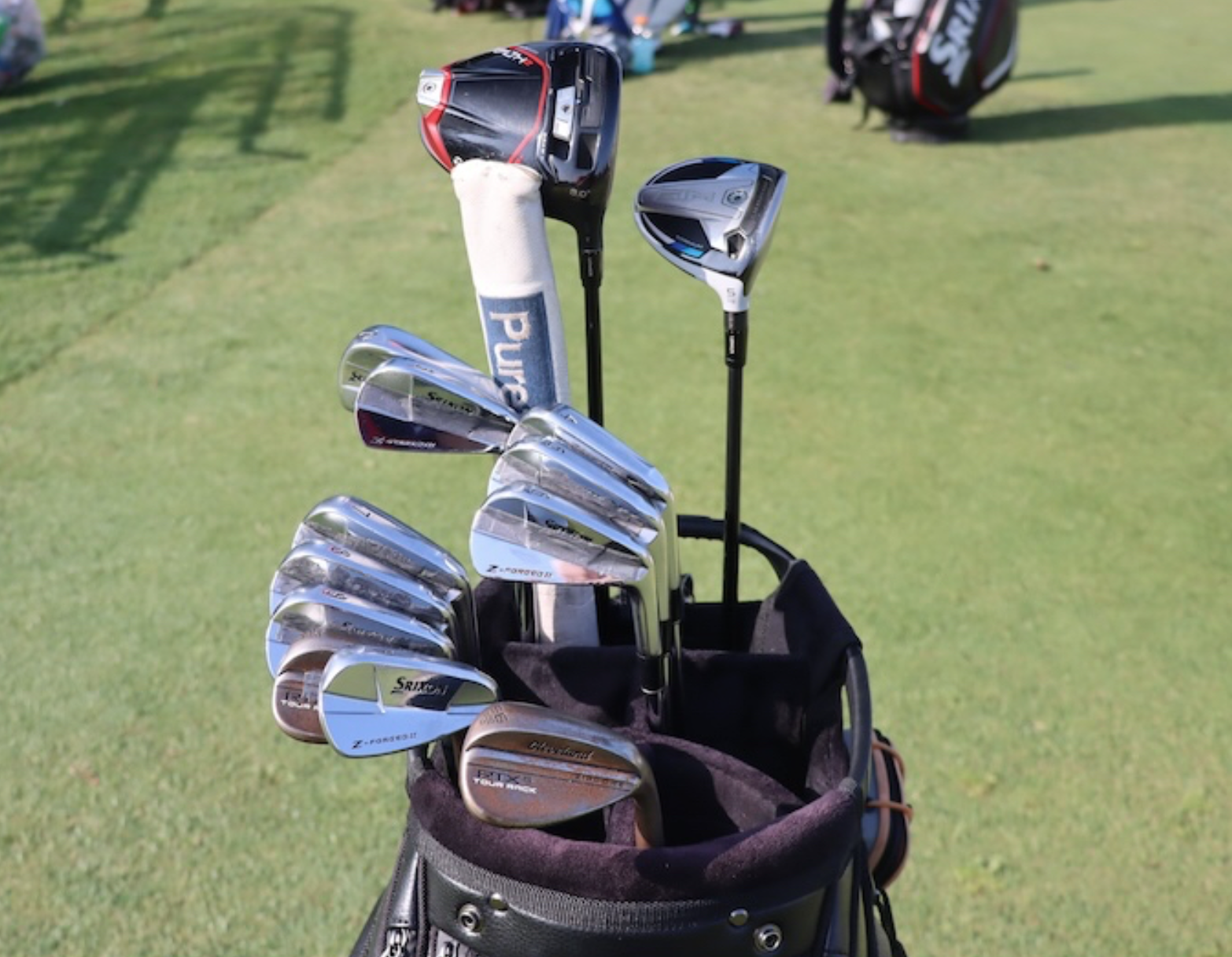
- Peter Kuest what’s in the bag accurate as of CJ Cup Byron Nelson.
Driver: TaylorMade Stealth 2 Plus (8 degrees)
Shaft: Fujikura Ventus Black 7 X
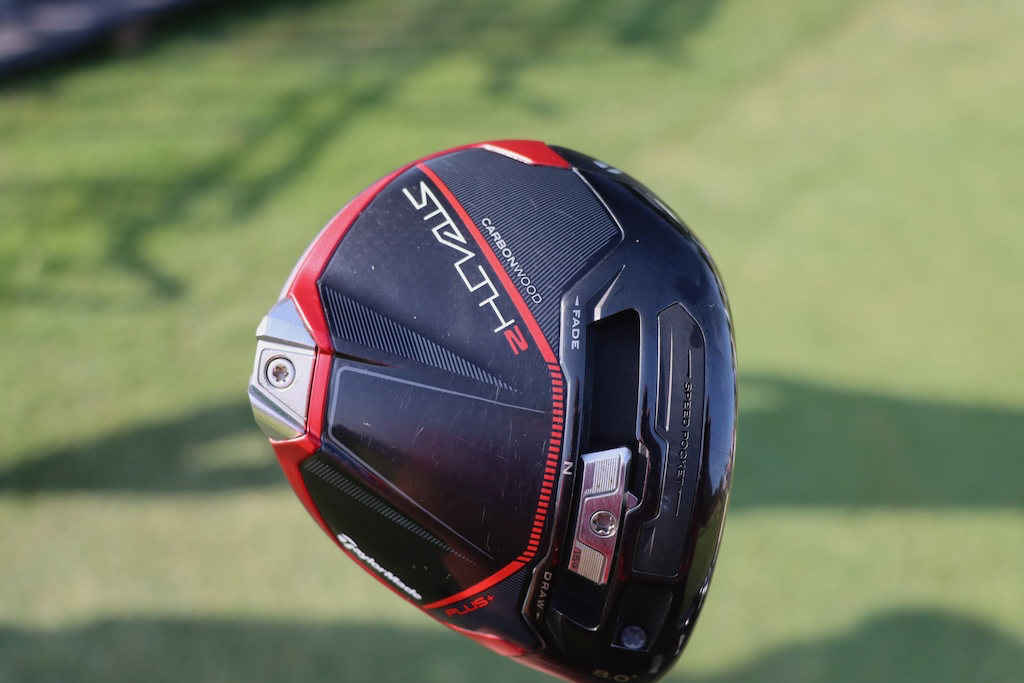
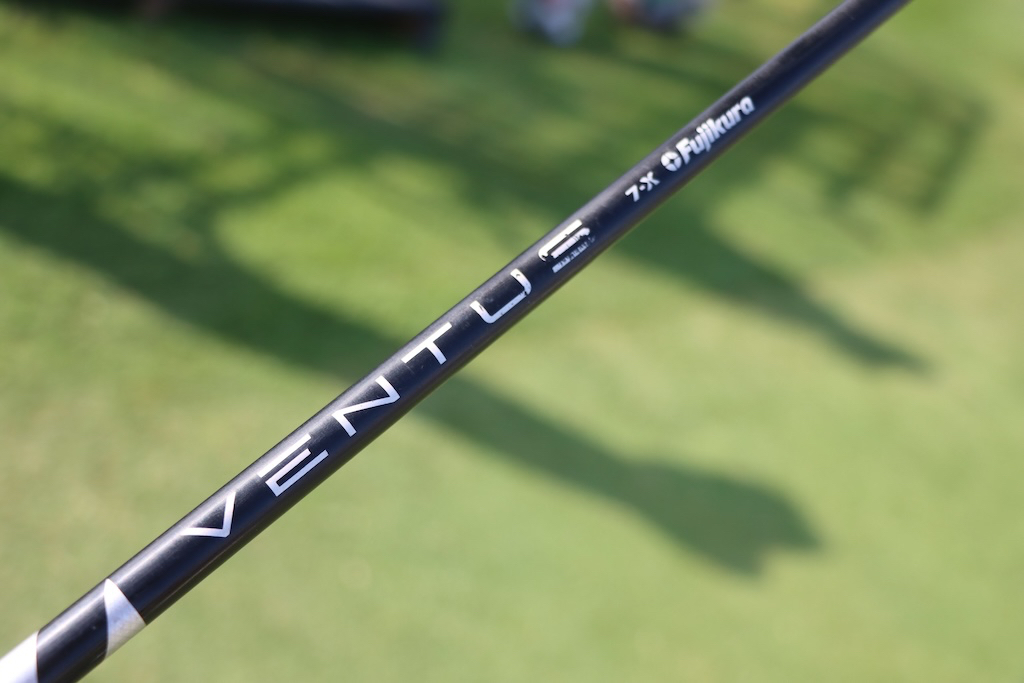
5-wood: TaylorMade SIM Titanium (19 degrees)
Shaft: Project X HZRDUS Black 85 6.5
Irons: Srixon ZX U (2), Srixon Z-Forged II (3-PW)
Shafts: Nippon N.S. Pro Modus3
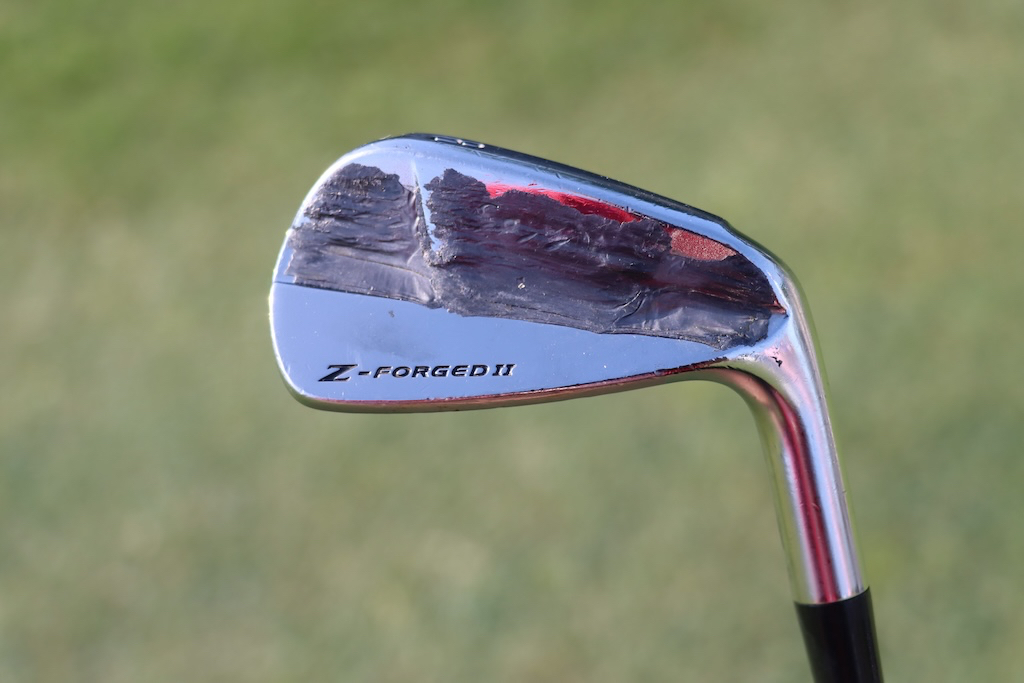
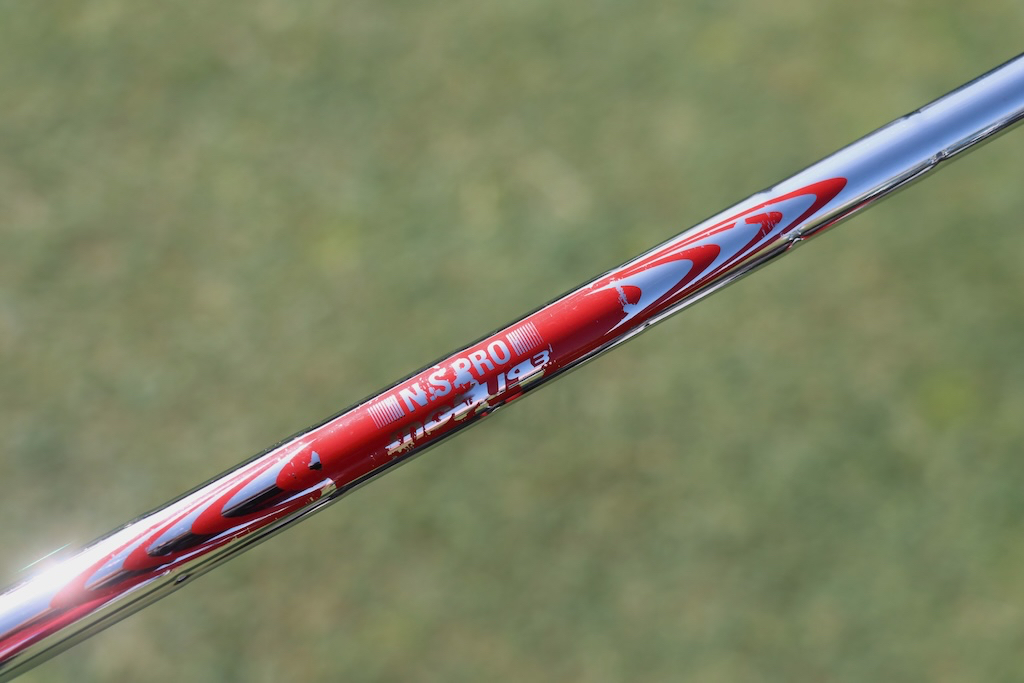
Wedges: Cleveland RTX6 ZipCore Tour Rack (52-MID 10, 56-MID 10, 60-FULL 9)
Shafts: True Temper Dynamic Gold Tour Issue S400
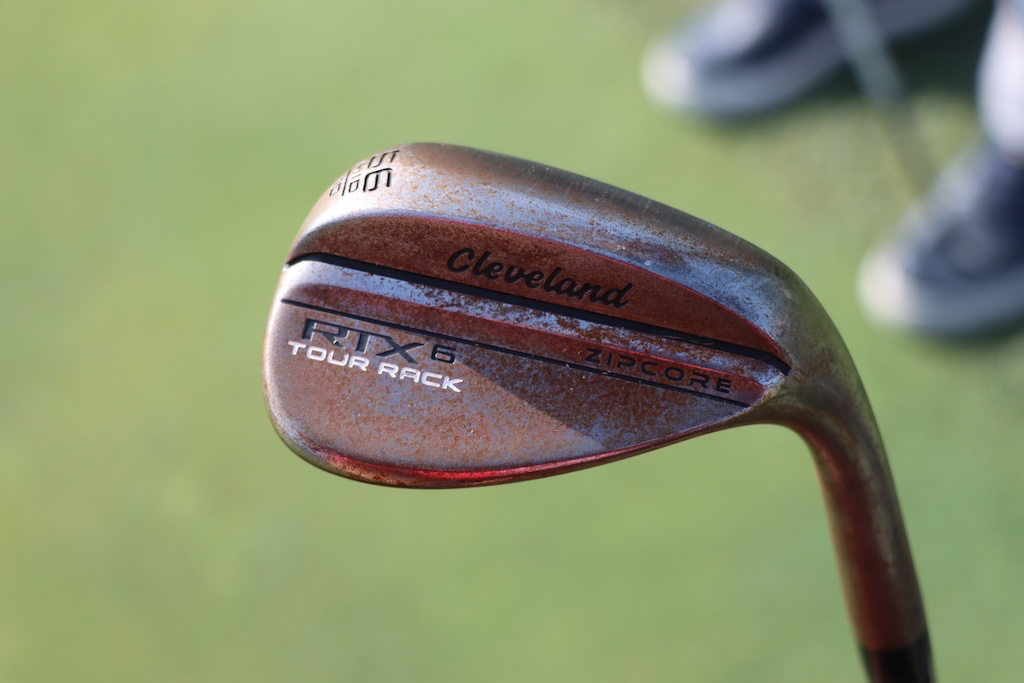
Putter: TaylorMade Spider Tour
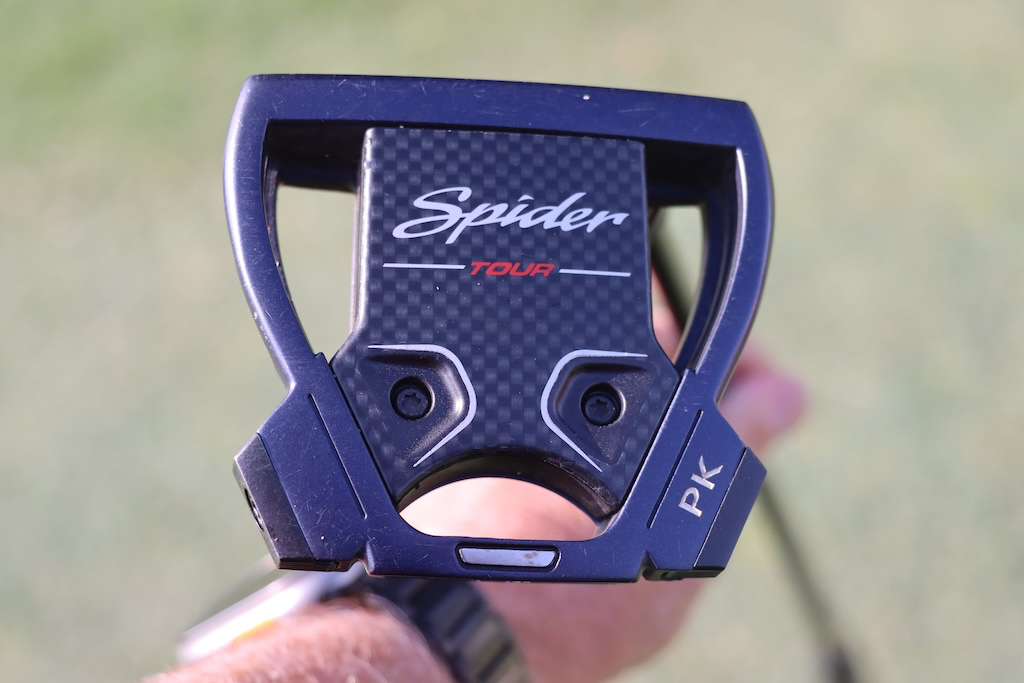
Grips: Golf Pride Tour Velvet Cord
Check out more in-hand photos of Peter Kuest’s clubs here.
- LIKE0
- LEGIT0
- WOW0
- LOL0
- IDHT0
- FLOP0
- OB0
- SHANK0
Whats in the Bag
Kelly Kraft WITB 2024 (May)
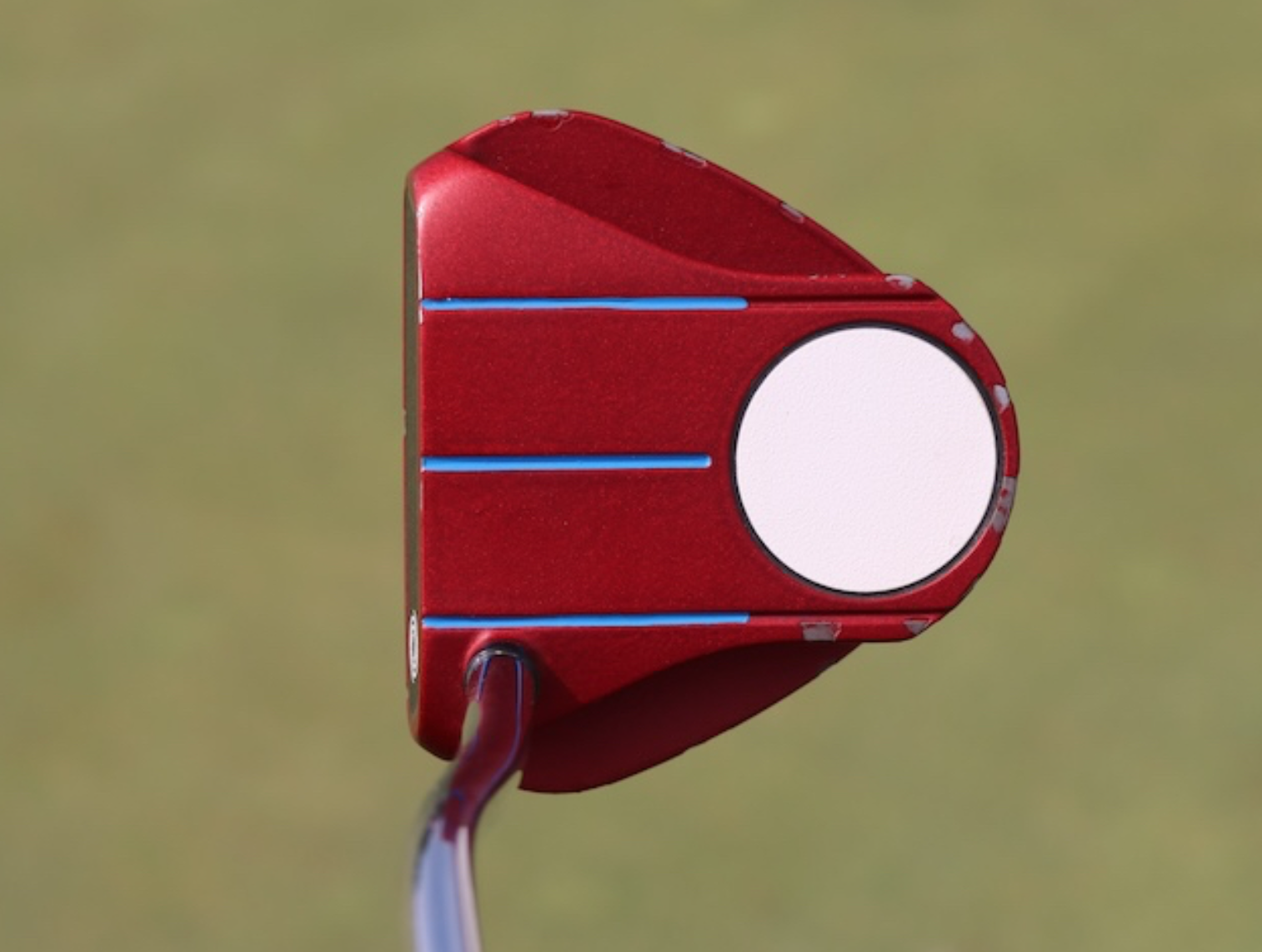
- Kelly Kraft’s what’s in the bag accurate as of the CJ Cup Byron Nelson. More photos from the event here.
Driver: Callaway Paradym Ai Smoke Triple Diamond Max (9 degrees)
Shaft: Mitsubishi Tensei 1K Red 60 TX
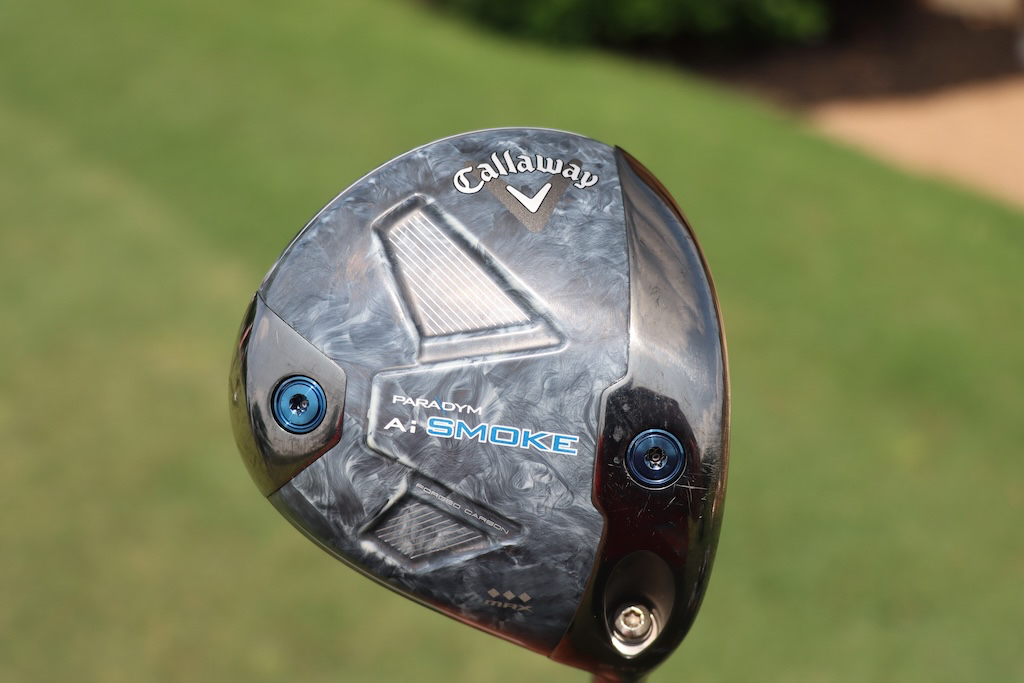
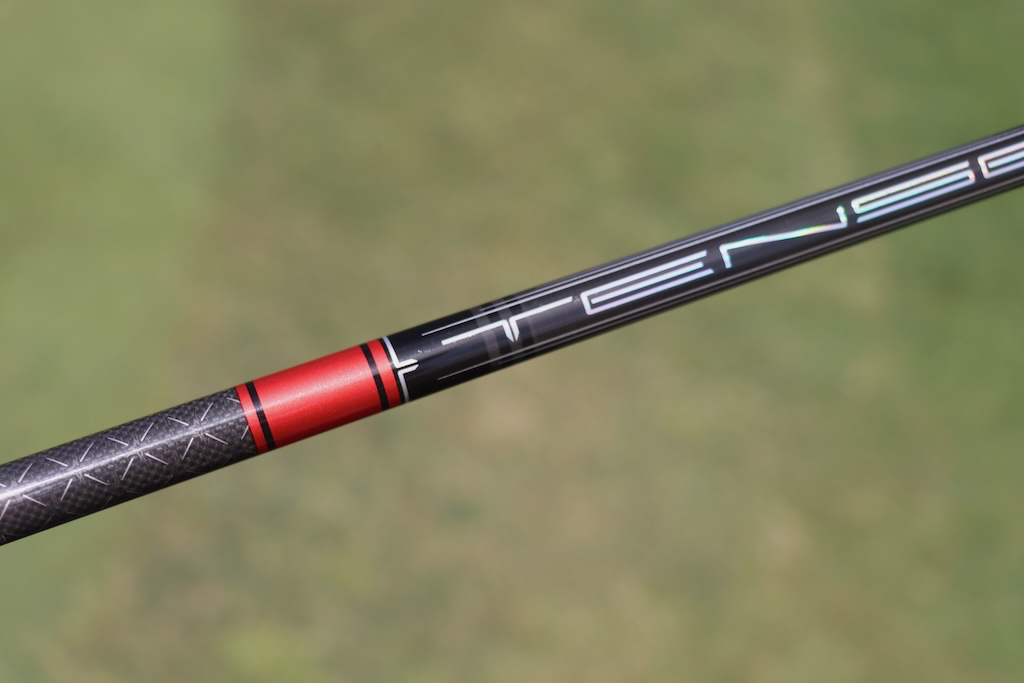
3-wood: Callaway Paradym Ai Smoke Max (15 degrees)
Shaft: Project X Denali White 70 TX
Hybrid: Callaway Apex UW (21 degrees)
Shaft: Aldila Synergy Blue
Irons: Srixon ZX U Mk II (23 degrees), Callaway X Forged Star (5-PW)
Shaft: Project X IO 6.0
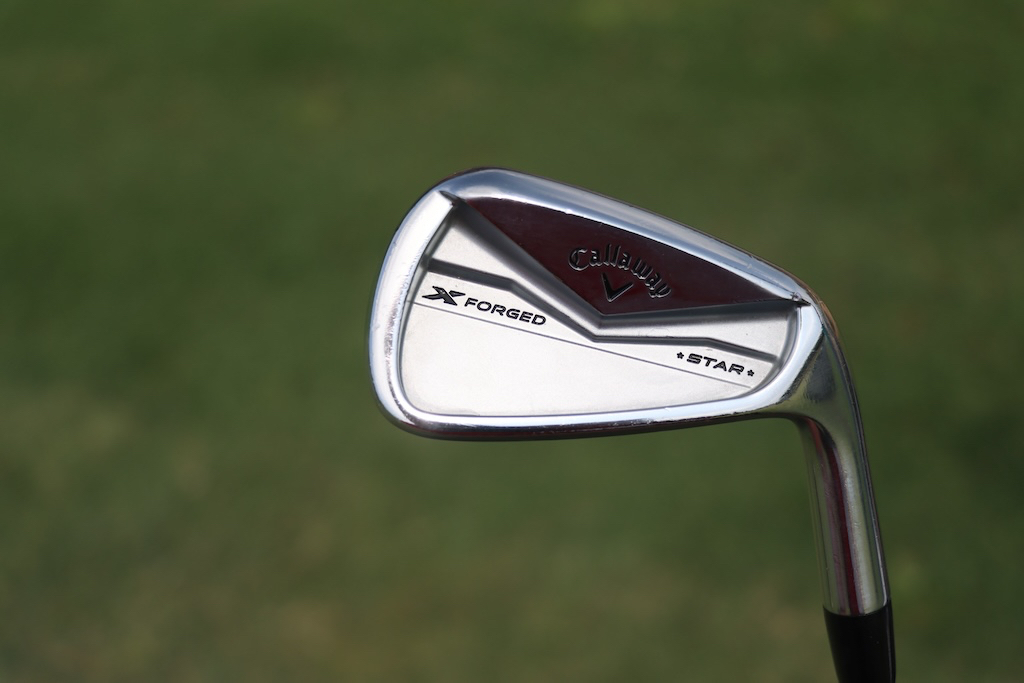
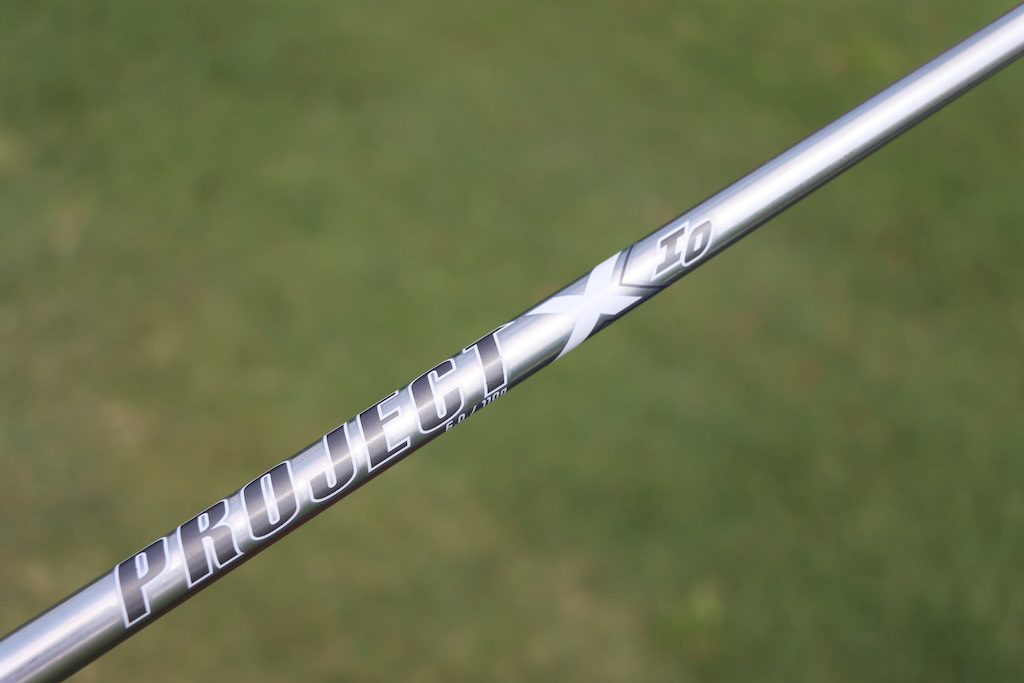
Wedges: Titleist Vokey Design SM10 (52-12F, 56-08M, 60-08M)
Shafts: True Temper Dynamic Gold Tour Issue S400
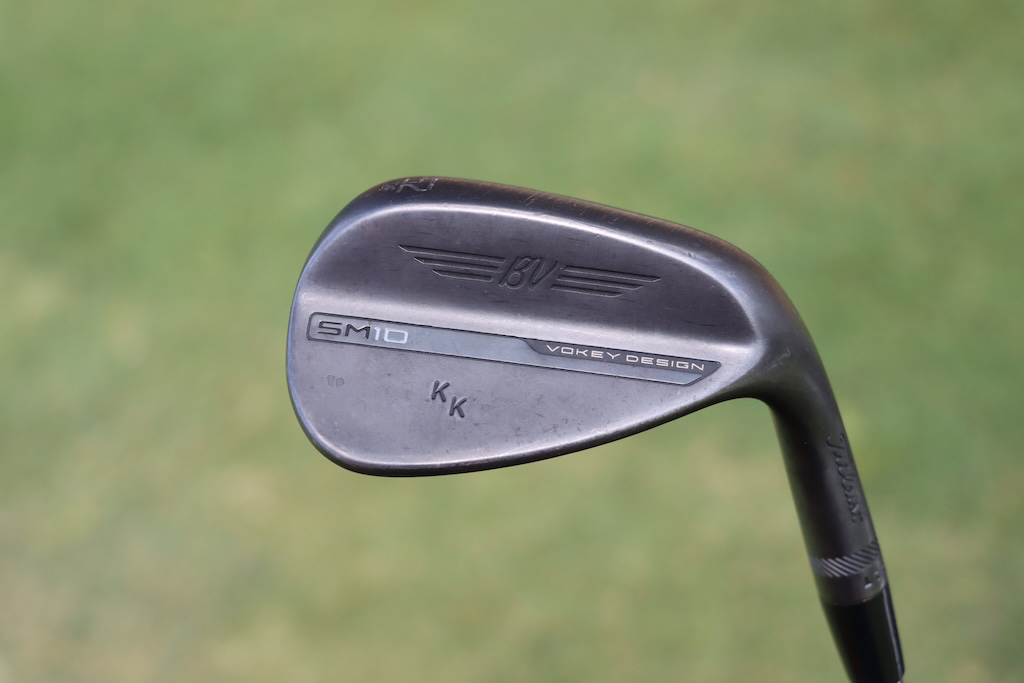
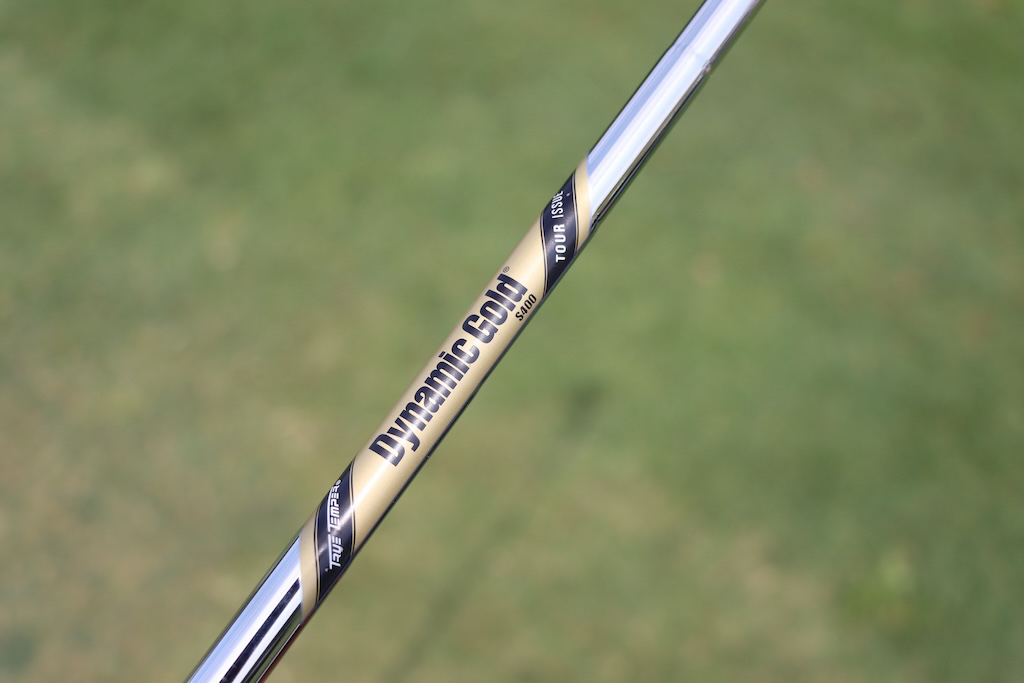
Putter: Odyssey Versa 2-Ball Prototype
Grip: Odyssey Garsen Quad Tour
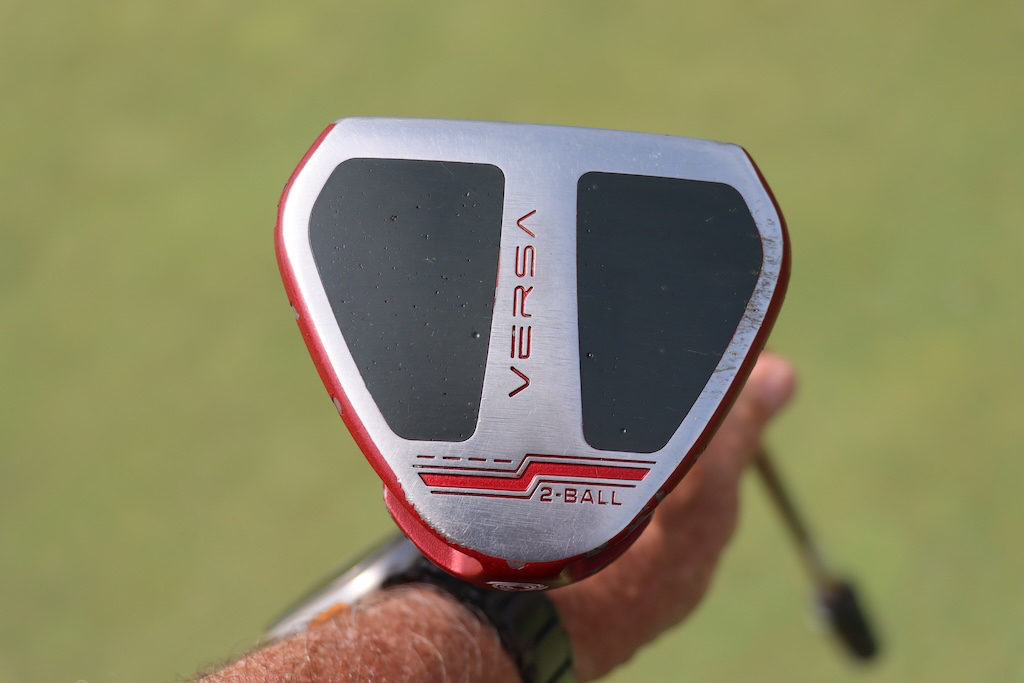
Grips: Golf Pride ZGrip Cord
Check out more in-hand photos of Kraft’s equipment here.
- LIKE1
- LEGIT0
- WOW0
- LOL0
- IDHT0
- FLOP0
- OB0
- SHANK0
Equipment
Coolest thing for sale in the GolfWRX Classifieds (5/6/24): Scotty Cameron Super Rat concept 1 putter
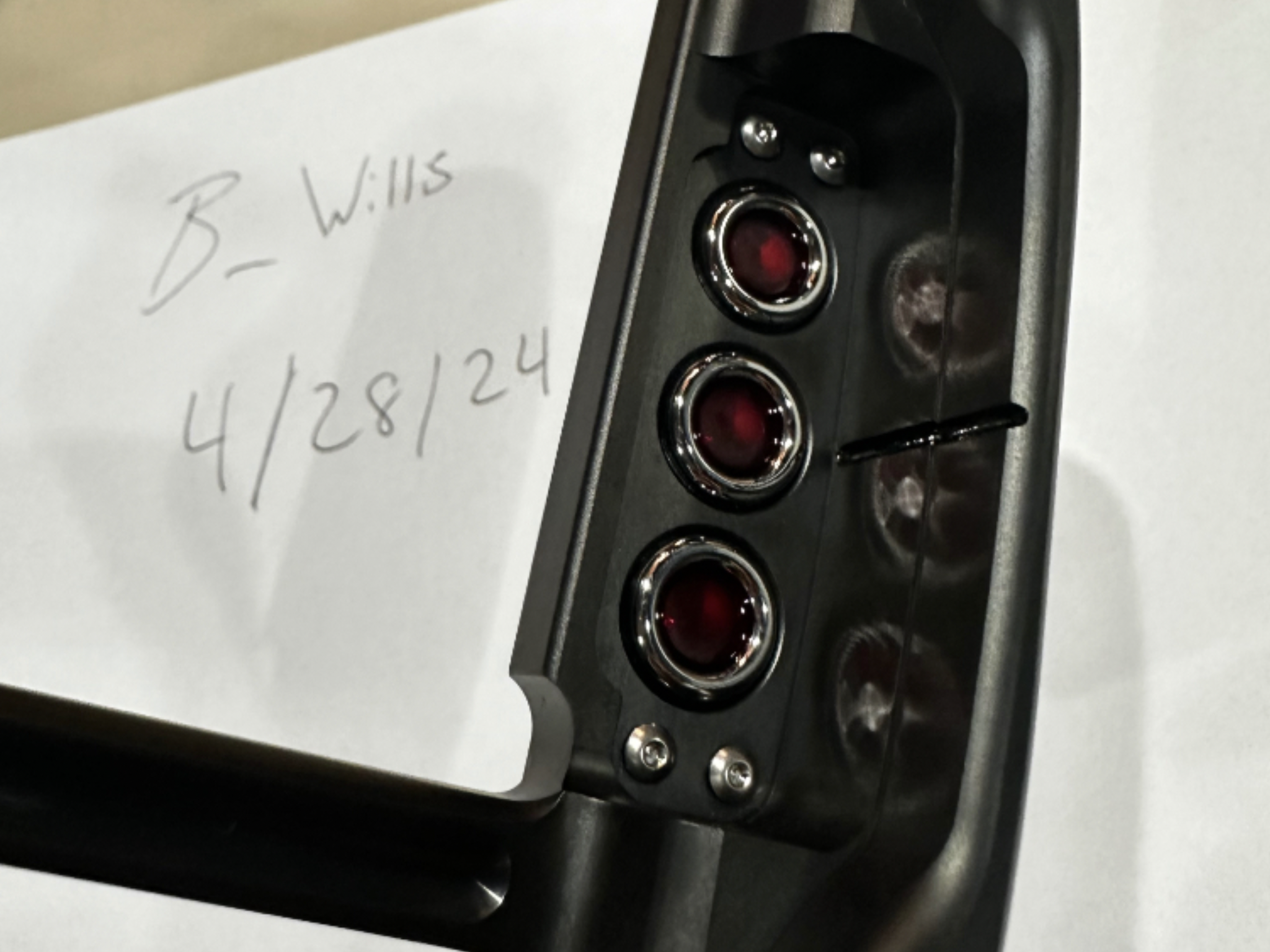
At GolfWRX, we are a community of like-minded individuals that all experience and express our enjoyment of the game in many ways.
It’s that sense of community that drives day-to-day interactions in the forums on topics that range from best driver to what marker you use to mark your ball. It even allows us to share another thing we all love – buying and selling equipment.
Currently, in our GolfWRX buy/sell/trade (BST) forum, there is a listing for a Scotty Cameron Super Rat concept 1 putter
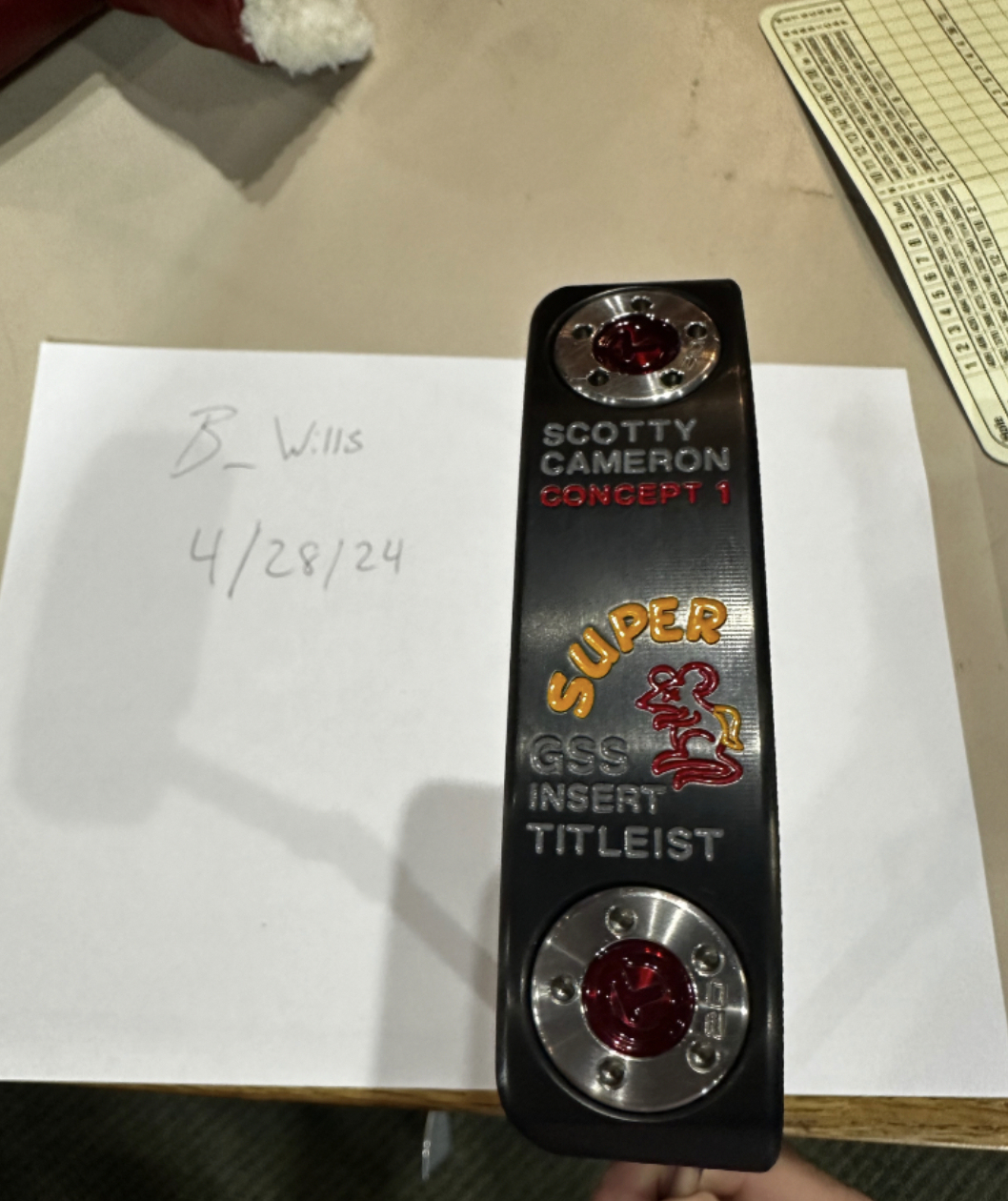
From the seller: (@BWillis): “Scotty super rat concept 1 gss insert 35”, pulled from tour van at St. Jude’s in 2014 only carpet rolled. $7000 obo PayPal g&s, open to offers can send more pics.”
To check out the full listing in our BST forum, head through the link: Scotty Cameron Super Rat concept 1 putter
This is the most impressive current listing from the GolfWRX BST, and if you are curious about the rules to participate in the BST Forum you can check them out here: GolfWRX BST Rules
- LIKE0
- LEGIT0
- WOW0
- LOL0
- IDHT0
- FLOP0
- OB0
- SHANK0
-

 19th Hole2 weeks ago
19th Hole2 weeks agoJustin Thomas on the equipment choice of Scottie Scheffler that he thinks is ‘weird’
-

 19th Hole2 weeks ago
19th Hole2 weeks ago‘Absolutely crazy’ – Major champ lays into Patrick Cantlay over his decision on final hole of RBC Heritage
-

 19th Hole3 weeks ago
19th Hole3 weeks agoReport: LIV Golf identifies latest star name they hope to sign to breakaway tour
-

 19th Hole3 weeks ago
19th Hole3 weeks agoBrandel Chamblee has ‘no doubt’ who started the McIlroy/LIV rumor and why
-

 19th Hole1 week ago
19th Hole1 week agoLET pro gives detailed financial breakdown of first week on tour…and the net result may shock you
-

 Equipment3 weeks ago
Equipment3 weeks agoJason Day on his recent switch into Srixon ZX5 and ZX7 Mk II irons
-

 19th Hole5 days ago
19th Hole5 days agoGary Player claims this is what ‘completely ruined’ Tiger Woods’ career
-

 Whats in the Bag1 week ago
Whats in the Bag1 week agoTeam McIlowry (Rory McIlroy, Shane Lowry) winning WITBs: 2024 Zurich Classic























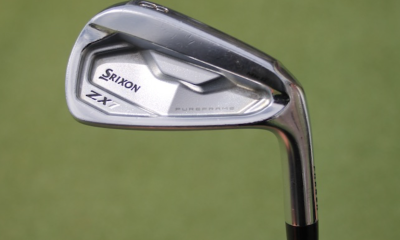



Rob
Apr 15, 2021 at 12:05 am
I am currently building a set of Apex 19s. The inconsistency between heads is surprising. I understand the heads get heavier through the set, but the weight differences aren’t consistent. The 5i, 7i, and 9i are heavier by a large margin. It took some time to figure out correct tip weights to create both consistent swing weights and overall club weights for the set.
Shallowface
Jun 2, 2020 at 10:08 am
Another tricky thing regarding grips that many people ignore is how much the shaft tapers in the butt section. Some shafts don’t taper at all, and other shafts taper significantly. It particularly affects the grip size under the trail hand, and considering how often these days a set will have a number of different models of shafts one can end up with a variety of grip sizes throughout the set if one isn’t careful to address this, whether in the initial build or when regripping.
Nathan
Jun 1, 2020 at 7:12 pm
Ryan is the best club builder I’ve ever run into…guy knows his stuff.